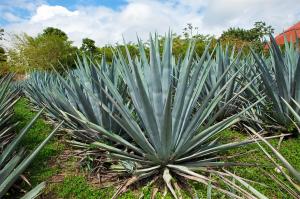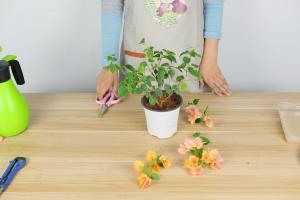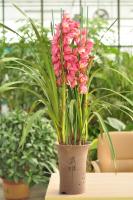Where to Plant Sage
Introduction
Sage is a versatile and popular herb used to flavor a wide range of dishes. It is also known for its medicinal properties and is commonly used in alternative medicine. One of the factors that affect the growth of sage is its planting location. In this article, we will discuss where to plant sage to ensure optimal growth and flavor.
Optimal Growing Conditions
Sage is native to the Mediterranean region and prefers a warm and dry climate. It grows best in well-draining soil that is slightly alkaline with a pH level of 6.0 to 7.0. The herb requires at least 6 hours of direct sunlight per day and should be protected from strong winds. In areas with high humidity, it is important to plant sage in a location with good air circulation to prevent fungal diseases.
Outdoor Planting
If you are planning to plant sage in your garden, look for a sunny spot that is sheltered from harsh winds. It is also important to ensure that the soil is well-draining and not waterlogged. You can amend the soil with organic matter such as compost to improve drainage and add nutrients. Sage can be planted either in the spring or fall, but it is recommended to plant in the spring to give it enough time to establish before winter.
Indoor Planting
If you don鈥檛 have an outdoor space, you can still grow sage indoors. The herb can be grown in a pot as long as it receives enough sunlight and is protected from cold drafts. To plant sage indoors, choose a pot that is at least 8 inches in diameter and fill it with well-draining soil. Place the pot in a sunny window that receives at least 6 hours of direct sunlight per day. Water the plant when the soil feels dry to the touch, but do not overwater as sage does not like wet feet.
Companion Planting
Sage is a beneficial herb to many other plants and can be used in companion planting. It is especially beneficial to vegetables such as tomatoes, broccoli, and eggplants as it repels insect pests and attracts beneficial insects. You can plant sage in between your vegetable plants or in a separate bed nearby.
Conclusion
In conclusion, sage requires a warm and sunny location with well-draining soil to grow to its full potential. Whether you are planting sage in your garden or in a pot indoors, ensure that it receives at least 6 hours of direct sunlight per day and is protected from harsh winds. When grown in optimal conditions, sage can provide a delicious and healthy addition to your meals.

 how many times do yo...
how many times do yo... how many planted tre...
how many planted tre... how many pine trees ...
how many pine trees ... how many pecan trees...
how many pecan trees... how many plants comp...
how many plants comp... how many plants can ...
how many plants can ... how many plants and ...
how many plants and ... how many pepper plan...
how many pepper plan...





























